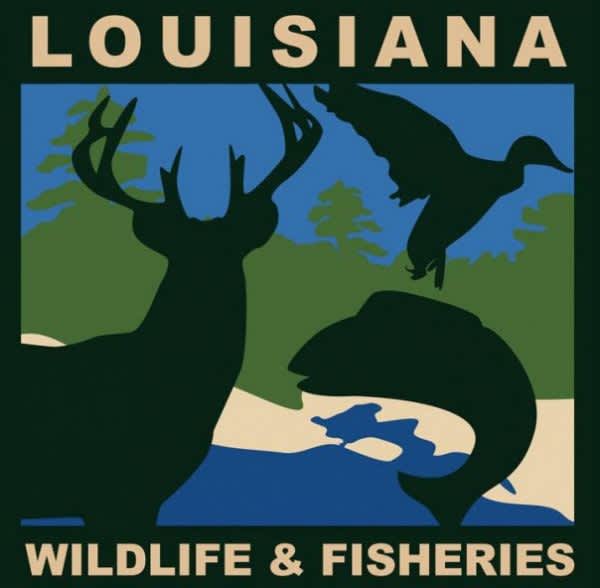Hunters Reminded to Practice Treestand Safety

Most hunters are aware of the need to safely handle their firearms, but too often hunters overlook basic treestand safety. According to the Treestand Manufacturer’s Association (TMA), one out of three treestand hunters will fall from a treestand during their lifetime and require medical treatment. Furthermore, 75 percent of treestand falls happen to hunters between the ages of 30 to 60 years old.
Hunting from an elevated position has many advantages, two of which are a birds-eye-view of the immediate area, and the confidence of knowing that a hunter’s scent is less detectable by game than hunting from the ground; however, these advantages come at a high risk if safety precautions are not followed. In everything we do, safety always has a priority. We put on our seatbelt before driving a car, we look both ways before crossing a street; hunting from treestands should demand the same common safety sense. Below are some safety tips that every treestand hunter should follow before, during, and after the hunt:
Never use a homemade stand. Only use TMA certified stands. The TMA performs rigorous testing on all manufacturers’ stands to ensure safety of hunters in the field. Many hunters have had a homemade stand collapse due to environmental conditions or engineering flaws.
Wear a TMA approved full-body harness. Every stand sold with the TMA certification label includes a full-body harness. Older, chest-type straps are dangerous and can cause more injury than a fall. Become familiar with the harness and practice putting it on and off several times before the hunt. Many companies now offer a jacket-style full-body harness which is much easier to wear than standard harnesses and are very affordable. If you are a treestand hunter, a harness should be as important as the clothing you wear.
Know your treestand.This seems elementary, but every treestand is different and models change every year. Attachment devices change and new developments are always being added. Just like every firearm is slightly different, so are treestands. Read the directions included with the stand and follow them exactly.
Use a pull up rope and attach it to the opposite side of your treestand climbing aide. Never try to climb or enter a treestand with your firearm, bow, or backpack on your person. Use a secure rope to haul your gear up to the treestand AFTER you are secure and fastened to the tree. Placing the rope on the opposite side of the treestand climbing aide ensures that you won’t become entangled on your ascent/decent.
Choose healthy, straight trees, and never rely on limbs for support. Choose a tree that is the correct diameter for your stand and that is not diseased. Never use a utility pole or power supply pole to place a treestand. Relying on a branch for support is very dangerous as they can break without warning.
Climb with care. Most accidents occur while getting into or getting out of stands. Place your climbing aid at least 2 feet above the level of the stand so that you can step down into the stand and have a secure handle when you exit. Take extra precaution if there is ice present on cold days.
Let someone know where you are hunting. In addition to common courtesy, this one rule could save your life if you fall and are unable to call for help. Let someone who knows the area well know where you will be, what time you are expected to be back, and stick to your plans. Providing them with GPS coordinates will be a big help to a search and rescue team if one is needed.
Most hunters eventually will have the confidence to hunt alone. By following good, sound treestand safety practices, these same hunters can ensure they can hunt for the rest of their lives.

